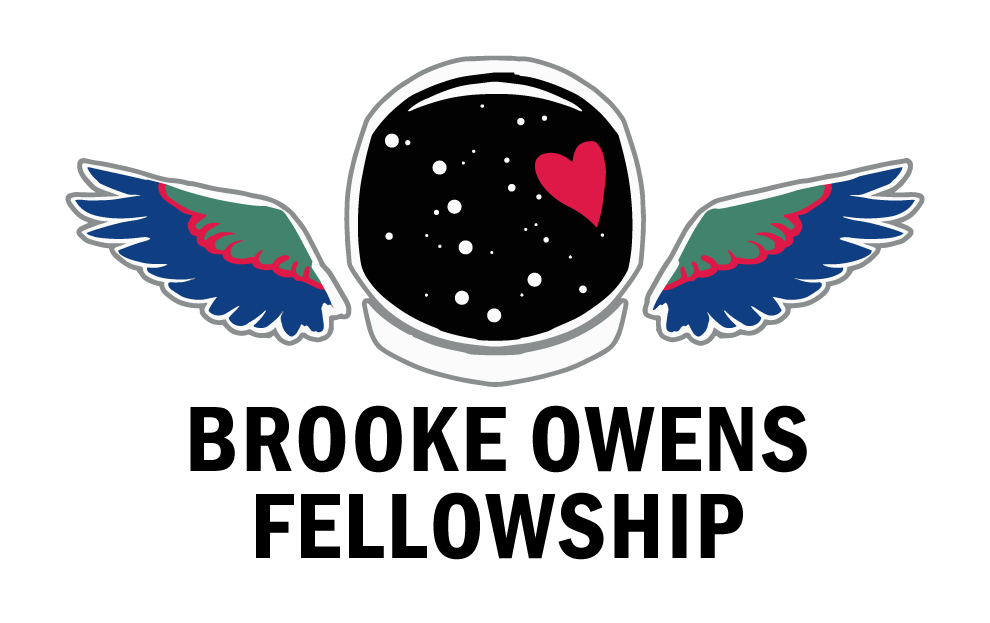Striking pay dirt: Cornell soil soars to the space station
By Blaine Friedlander
Featuring Morgan Irons, 2017 Brooke Owens Fellow
Morgan Irons is about to help make space-exploration history – and all she needed was a shovel and some dirt.
Irons, a doctoral student in soil and crop sciences, will see the soil she scooped from a Cornell farm organic plot launch into space on the evening of Sept. 29. It will hitch a ride aboard a resupply mission bound for the International Space Station (ISS) – orbiting about 254 miles above Earth.
On the space station, researchers have used hydroponic planting systems, seeds placed in engineered growth media, and highly modified, mineral soil, said Irons, but this experiment will be different. “This would be the first time that natural, unmodified Earth soil and engineered biochar soils have been brought up to space,” she said.
Soil aggregates consist of particles that bind to one another for carbon sequestration, nutrient retention and soil aeration. Aggregation is considered a soil-health indicator that depends on fungal and microbial adhesives to bind mineral and organic matter.
Since natural and biochar-containing soils have never been studied in space, scientists don’t know how they react without gravity.
“We don’t know the role that gravity plays in driving soil biogeochemical processes,” Irons said. “We want to fundamentally understand the impact of gravity on fungal and microbial systems, within the context of soil aggregate stability.”
Read more at https://news.cornell.edu/stories/2020/09/striking-pay-dirt-cornell-soil-soars-space-station
